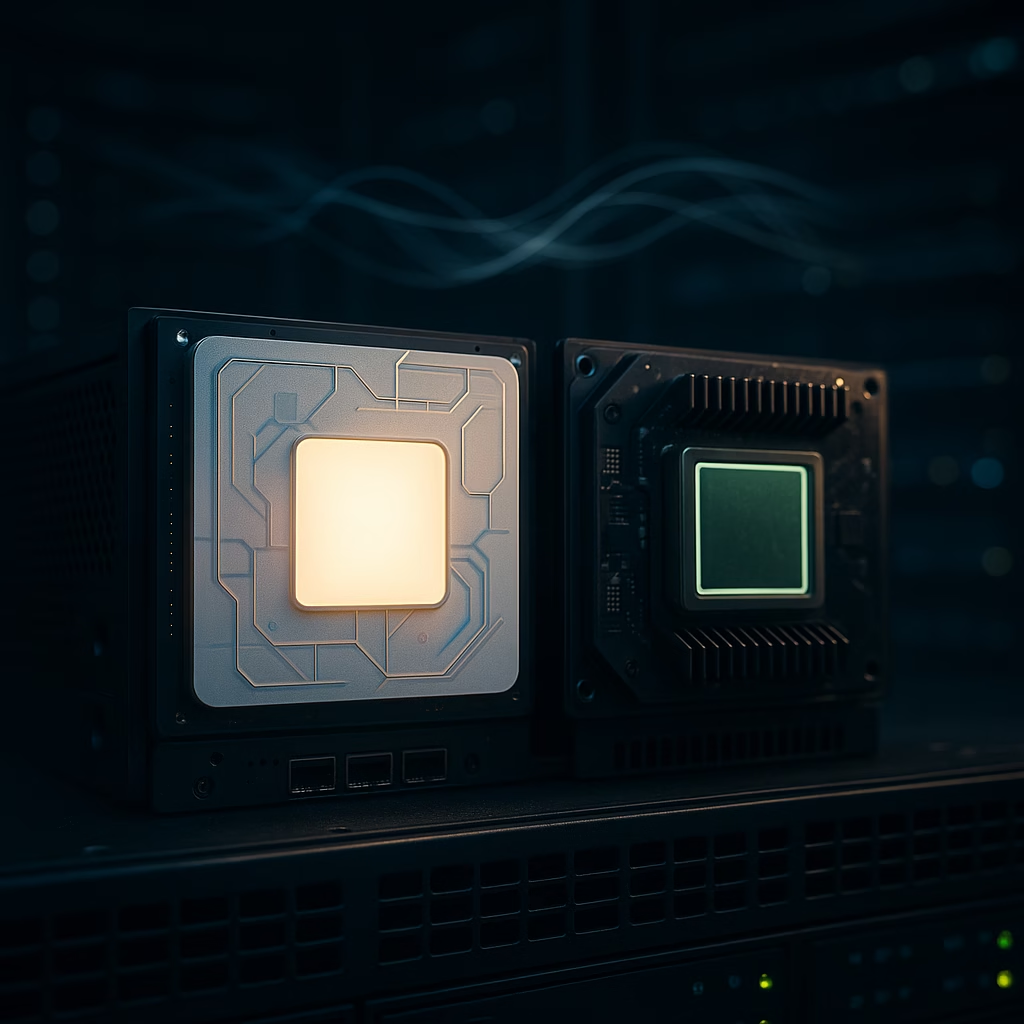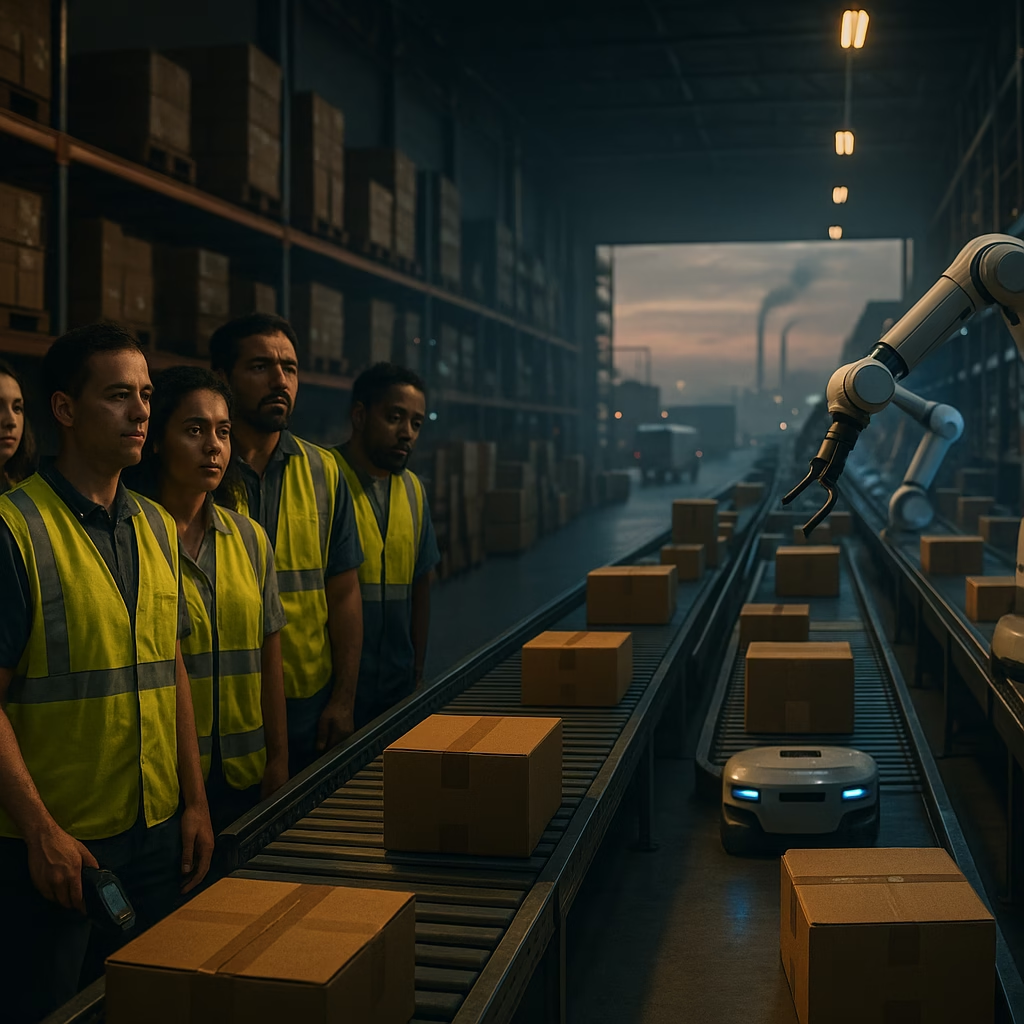The Password to the McDonald’s Chatbot Was “123456”—A Juicy Lesson in Cybersecurity
In an age where fast food meets fast tech, McDonald’s found itself in the middle of an unexpected cybersecurity blunder. A recent report revealed that the password protecting an internal McDonald’s chatbot was astonishingly weak: “123456.” This isn’t just a punchline—it exposed serious lapses in basic security hygiene at one of the largest fast-food chains on the planet.
How It All Unfolded
The vulnerability came to light when security researcher Ax Sharma discovered that McDonald’s had an AI-powered chatbot named “McBot” deployed on Microsoft Teams. This internal tool was designed to assist McDonald’s employees with customer service scenarios, likely pulling real-time data and offering answers based on company policies and guidelines.
That sounds like an efficient digital assistant—until you realize it was wide open to anyone who guessed the embarrassingly simple password: “123456.”
The Timeline of the Discovery
Sharma’s investigation revealed that:
- The chatbot was publicly accessible through Microsoft Azure.
- Authentication was enabled but poorly implemented.
- The password chosen was literally one of the world’s most-used (and mocked) passwords.
- It allowed unauthorized users to interact with the chatbot without any higher-level credentials.
What’s worse? This wasn’t some obscure test environment. It was actively responding with what appeared to be internal company knowledge—raising significant privacy and data protection concerns.
Cybersecurity 101 Fails: What Went Wrong?
This case with McDonald’s chatbot puts a glaring spotlight on fundamental failures in security protocol. Let’s break down the biggest issues:
1. Weak Password Choice
The obvious culprit is the use of “123456” as a password. According to multiple studies, including those by NordPass and cybersecurity firms, “123456” consistently ranks among the top 5 worst passwords globally. It’s the kind of password that is typically the first to be guessed during a brute-force attack.
2. Lack of Multi-Factor Authentication (MFA)
Had MFA been implemented, mere possession of a password—no matter how weak—wouldn’t have been enough to gain access. It’s baffling that a global brand handling vast amounts of customer and employee data didn’t deploy this basic security measure.
3. Exposure to a Public Environment
The chatbot was directly accessible via Azure’s public interface. Cybersecurity best practices recommend isolating such tools within private networks or only allowing access through a secured VPN.
4. Negligent Configuration Management
There appears to have been a breakdown in the DevOps process. With proper configuration reviews and security audits, a weak password like “123456” should have been caught and flagged immediately.
How Big Brands Can Drop the Ball
One might wonder: How could a corporation as massive as McDonald’s stumble over such a basic mistake? The answer lies in the inherent complexity of enterprise IT systems and varying layers of tech ownership across departments and vendors.
Even large businesses can be victims to:
- Shadow IT: When internal teams spin up tools without the full oversight of central IT departments.
- Lack of centralized policy enforcement: Separate teams may follow their own protocols, missing out on standardized security practices.
- Fast-track innovation: In an effort to stay ahead technologically, some companies rush deployments, skipping vital checks.
The Ripple Effects of Insecure AI Tools
While the McDonald’s chatbot may not have stored credit card numbers or sensitive customer data, its breach posed brand reputation risks and potential exposure of internal policies or procedures. In the wrong hands, such information could be used for social engineering attacks or further digital intrusions.
Moreover, this incident raises a pressing question: Are AI-driven tools being deployed faster than they can be secured? The rise in popularity of LLMs, internal bots, and AI assistants needs to be matched with a proportional increase in security measures.
Best Practices: What Should Companies Learn from This?
McDonald’s mishap should serve as a cautionary tale for businesses large and small. Here’s what you can do to avoid a similar incident:
1. Enforce Strong Password Policies
- Use a reputable password manager.
- Enforce minimum access requirements and periodic password refreshes.
- Prohibit the use of commonly used passwords through technical controls.
2. Apply Multi-Factor Authentication (MFA)
- Protect all internal tools, especially those exposed to the web, with MFA procedures.
- Leverage biometric, SMS, or app-based confirmation steps.
3. Audit Third-Party Integrations
- Ensure that any vendor or third-party tool added to your environment complies with your security framework.
- Run regular penetration tests to catch misconfigurations.
4. Educate and Train Teams
- Conduct regular cybersecurity training, particularly for DevOps and product teams.
- Promote an internal culture where security is everyone’s responsibility.
McDonald’s Response and Damage Control
According to various sources, McDonald’s responded quickly by taking down the vulnerable chatbot and initiating an internal investigation. No public data breaches have been confirmed, and it appears the breach was contained before major harm could be done.
However, the incident is a reminder that being proactive, not reactive, is the best cybersecurity approach.
Final Byte: Fast Food, Faster Tech—but Slower Security?
Companies across industries, especially those expanding into AI and chatbot-driven solutions, must prioritize security by design. Tools like McBot are not just customer conveniences—they’re frontline gateways into a company’s internal ecosystem.
Let’s be real: If your multi-billion-dollar platform can be compromised by “123456,” it’s not a matter of if you’ll be hacked—it’s when.
Cyber threats don’t discriminate by sector. Whether you’re flipping burgers or developing software, cybersecurity is your most important secret sauce.
< lang="en">







Leave a Reply